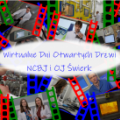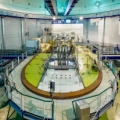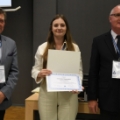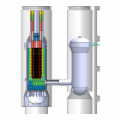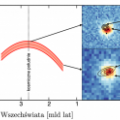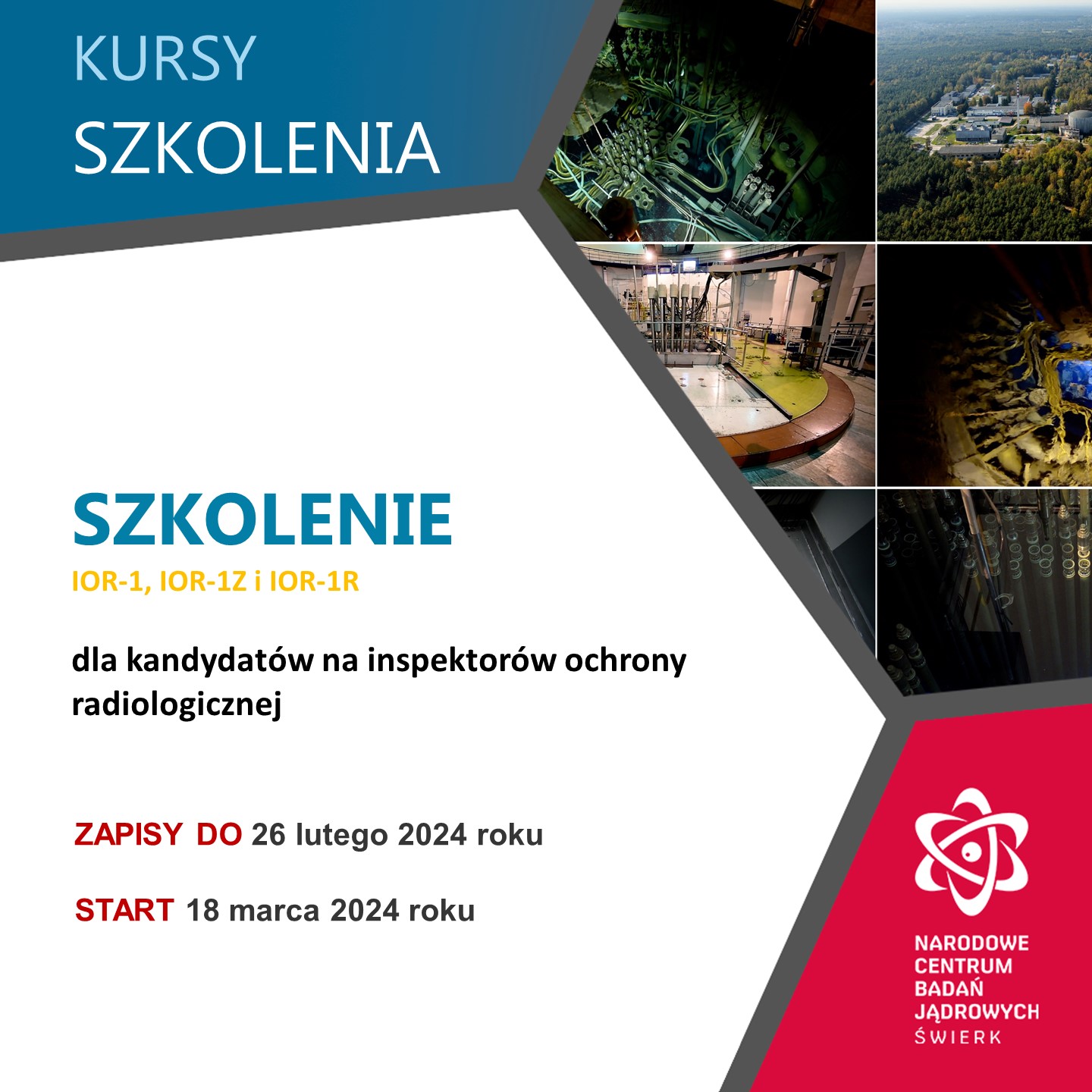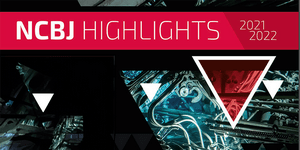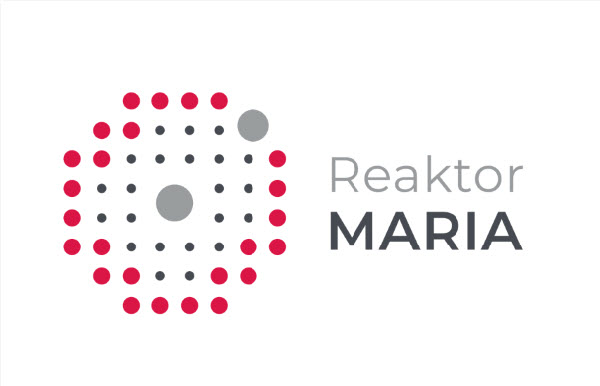The full series of films „Virtual Days of Open Doors NCBJ and OJ Świerk” is now available
2023.06.28 - Piotr Spinalski
Today at 3 p.m. the premiere of a film about the work of the HITEC Nuclear Equipment Plant and the Department of Physics and Particle Acceleration Technology. It will be the tenth and last film published as part of the Virtual Days of Open Doors project of the National Center for Nuclear Research and OJ Świerk. We warmly invite you to see all the realizations!
----
Annual Awards Presented by the Fundamental Research Department of NCBJ
2023.06.27 - Marek Pawłowski
On June 26, 2023, a Special Colloquium was held, during which awards were presented for the best research and popularization activities in 2022 at the Fundamental Research Department. The winners were Prof. Michał Bluj, a team consisting of Prof. Paweł Ziń and Dr. Maciej Pylak, Dr. Michael Romano, and Prof. Jerzy Kowalski-Glikman and Dr. Miguel Figueira
----
2023 Paul Phelps Continuing Education Grant Award to an NCBJ employee
2023.06.23 - Piotr Spinalski
Dr. Eng. Tomasz Rajkowski from the Department of Electronics and Detection Systems of NCBJ was the winner of the Paul Phelps Continuing Education Grant, awarded annually by the Radiation Effects Committee of the IEEE Nuclear and Plasma Sciences Society. The award will allow the scientist to take part in training during the NSREC 2023 international conference.
----
The government adopted a resolution on the project to modernize the MARIA nuclear research reactor
2023.06.22 - Piotr Spinalski
On Tuesday, June 20, a resolution was adopted on a multi-year program called "Program for the modernization of the MARIA nuclear research reactor". The cost of the project will be approximately PLN 91.7 million and will allow the reactor to be operated after 2027.
----
Article about FLASH appreciated by SEP
2023.06.21 - Piotr Spinalski
Promising results of the first studies and tests of radiotherapy using ultra-high dose rates, FLASH, mean that interest in this technique is constantly growing. Research in this field is appreciated, as confirmed by the award received recently for an article on FLASH therapy by scientists from the NCBJ Nuclear Equipment Division.
----
Concept design of the HTGR-POLA research reactor
2023.06.15 - Marek Pawłowski
On June 12, at a conference organized by the Polish Union of Entrepreneurs and Employers, the conceptual design of a new Polish high-temperature research reactor developed at NCBJ was presented to the public for the first time. The helium-cooled reactor will provide 30 MW of thermal power, and the helium temperature at the outlet of the primary cooling circuit will reach 750 ⁰C.
----
Unveiling the hidden stars: ALMA Shines a Light on Dust Attenuation
2023.06.15 - Marek Pawłowski
Interstellar dust is a key component in galaxies. It favors star formation and drives the chemistry and physics of the interstellar medium. However, it hides the majority of stars in a way that it is impossible to observe them. Astrophysicists use dust attenuation laws that would uncover these hidden stars by reverse-engineering the light from galaxies to quantify how many stars are there.
----
Optimal mix in the „Energy Transformation Observatory” project
2023.06.07 - Piotr Spinalski
Carrying out an effective energy transformation requires, among others: comprehensive monitoring of the progress of its implementation, which must be based on current and reliable data analyses. Such activities will be carried out at NCBJ as part of the „Energy Transformation Observatory” project that is just starting.
----





